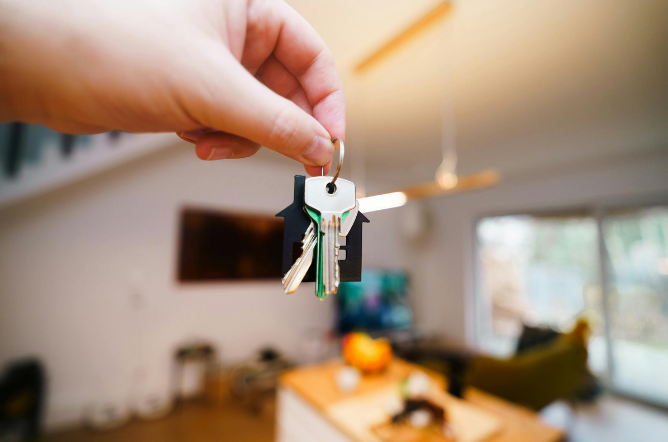
Buying your own home
Things to know if you’re thinking of buying your own home.
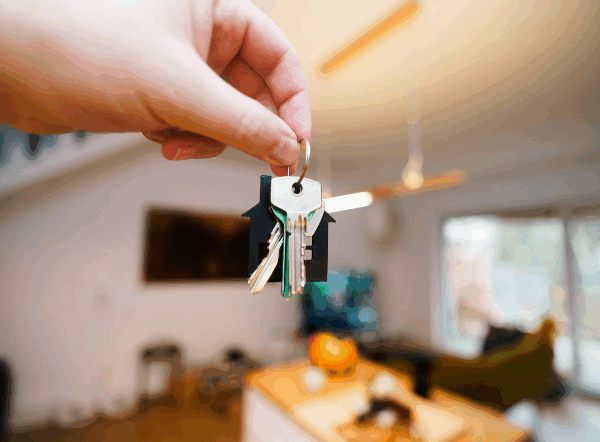
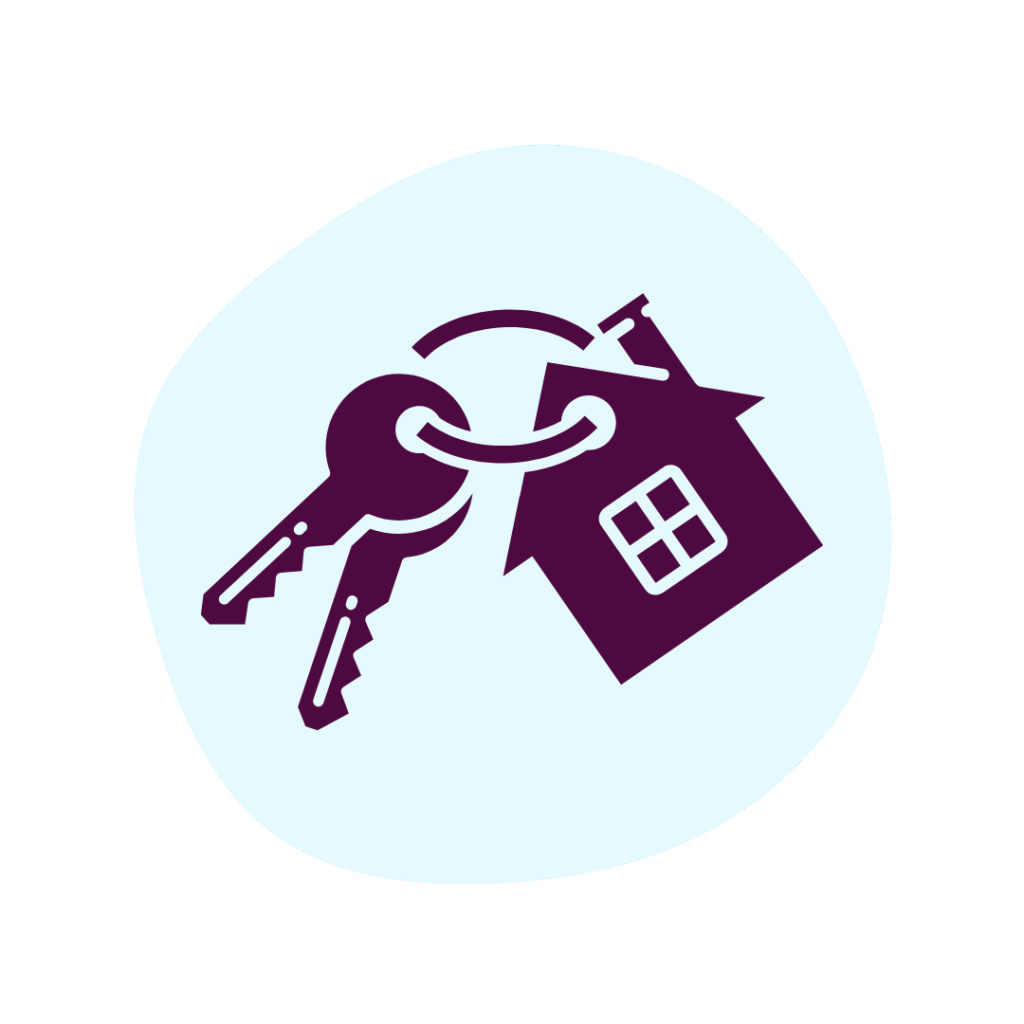
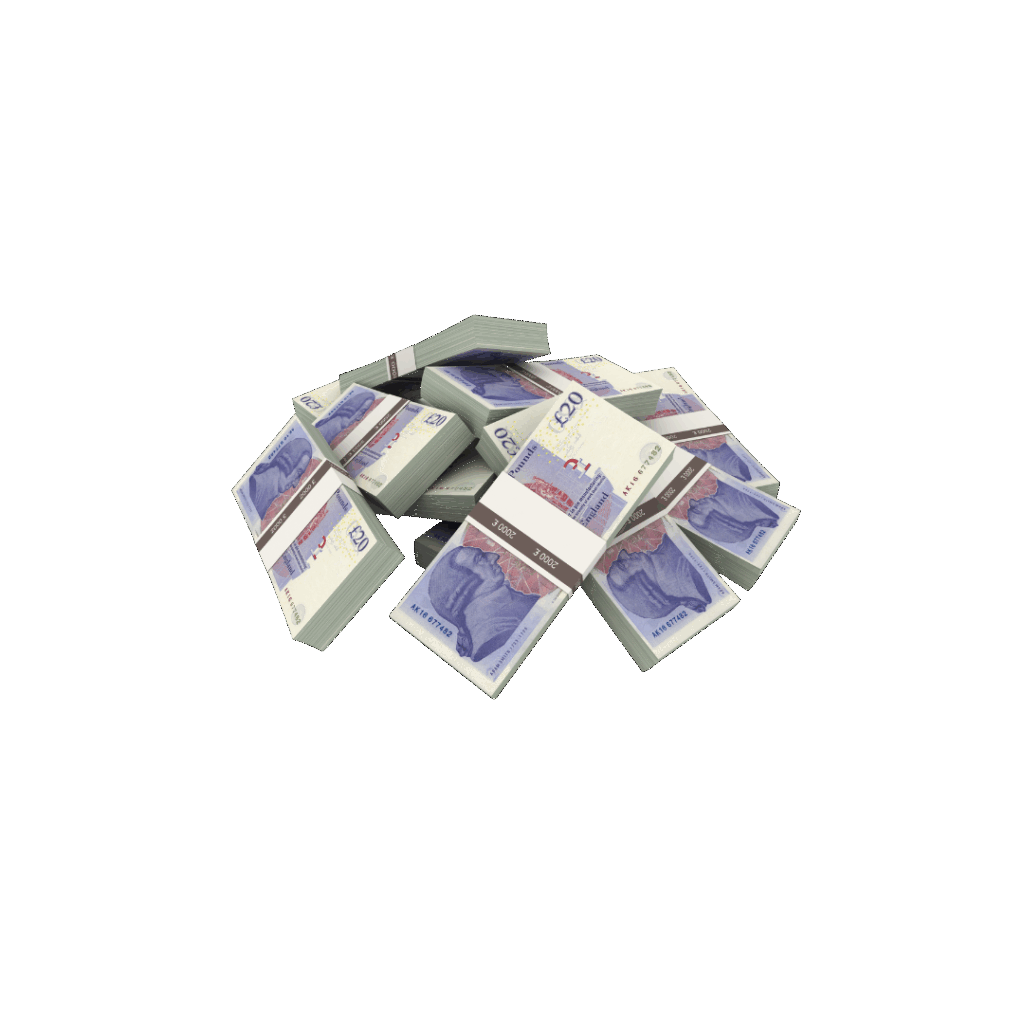
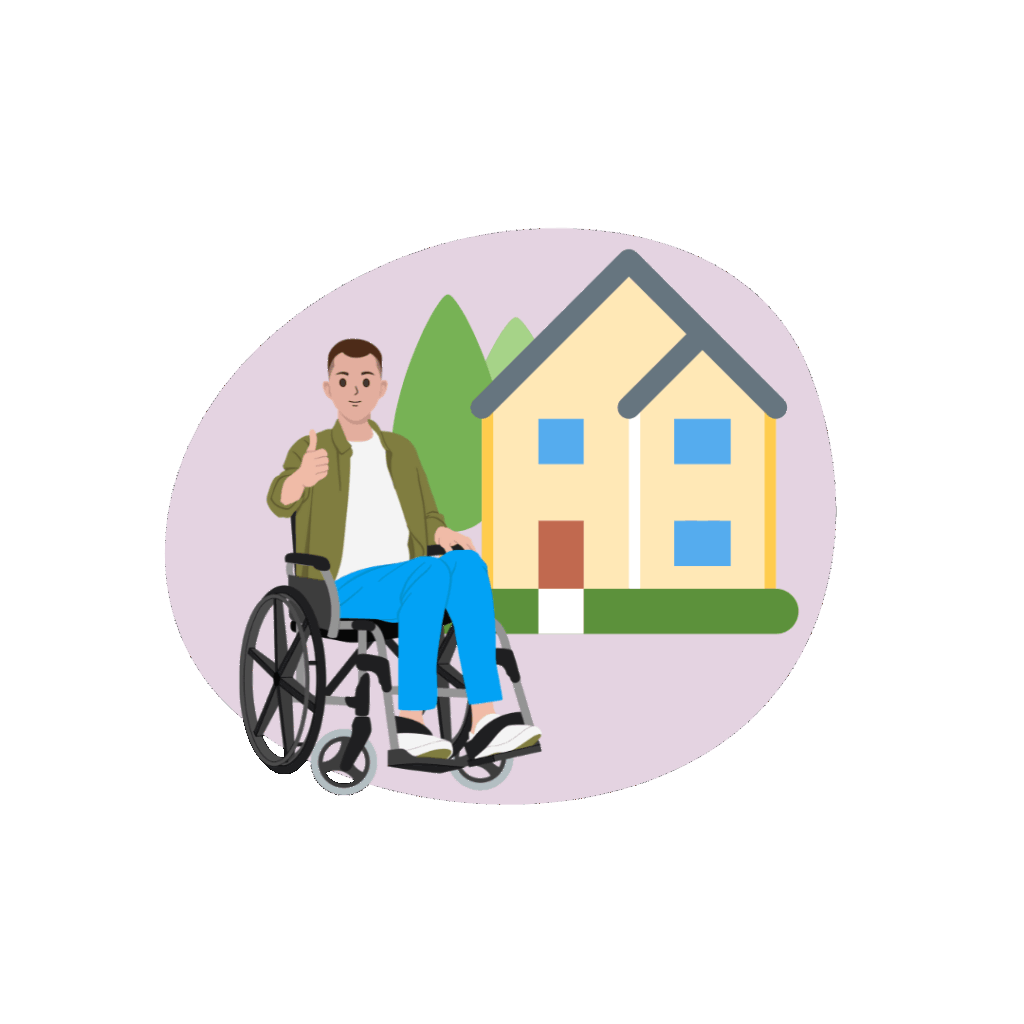

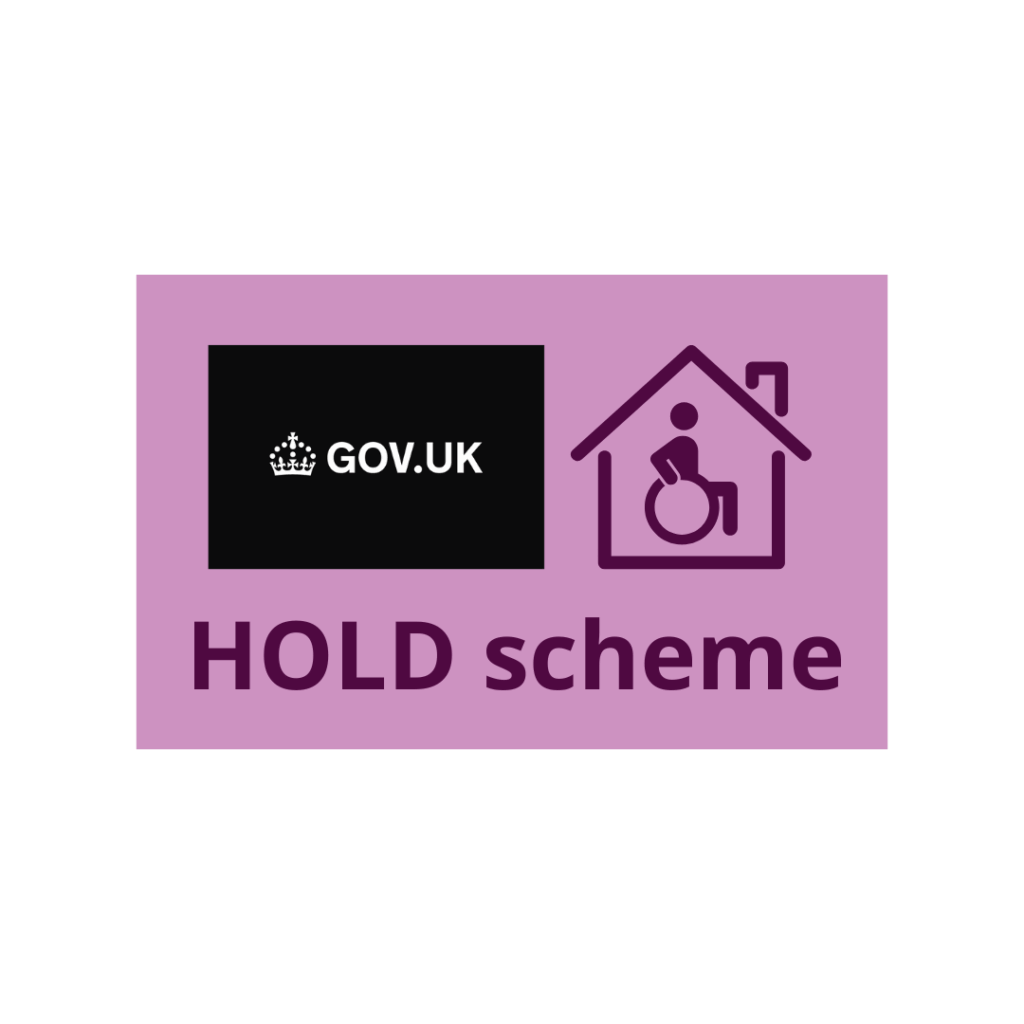

What’s good about owning your own home?
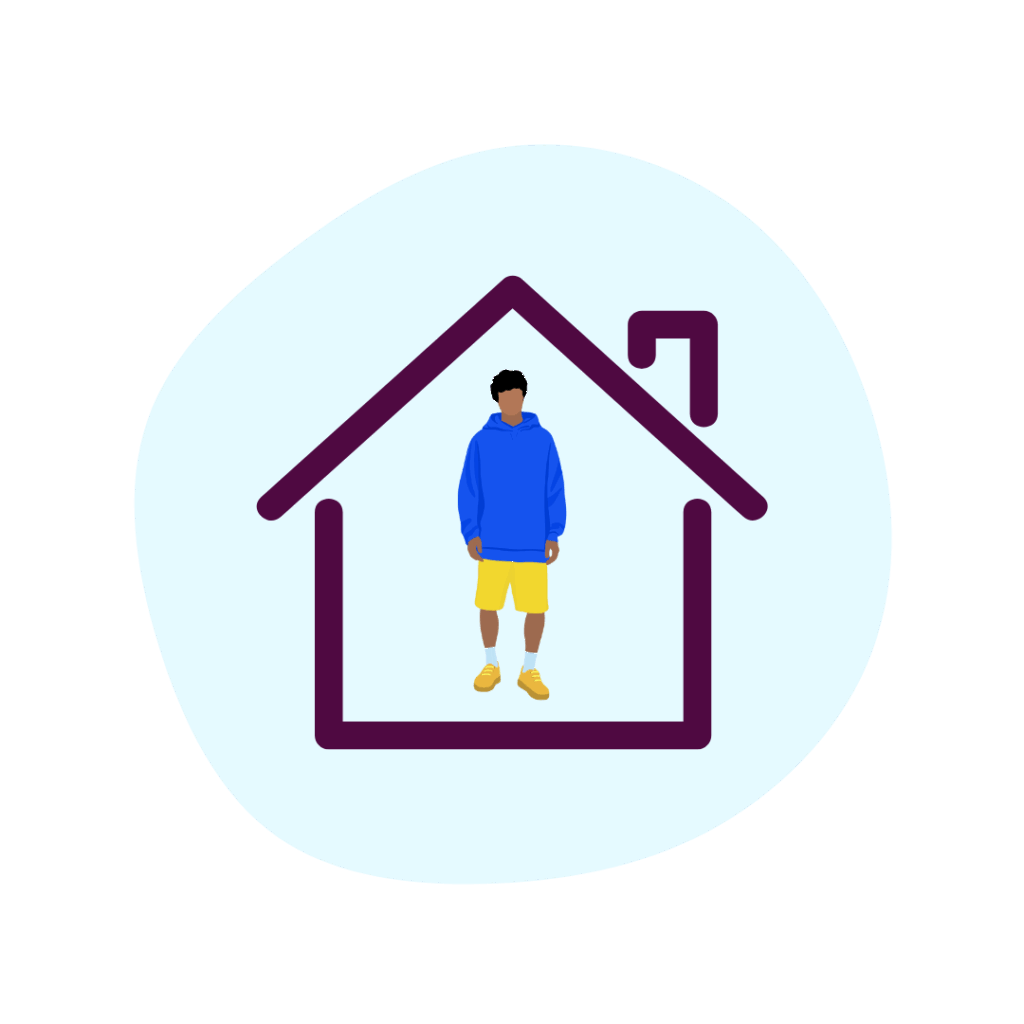
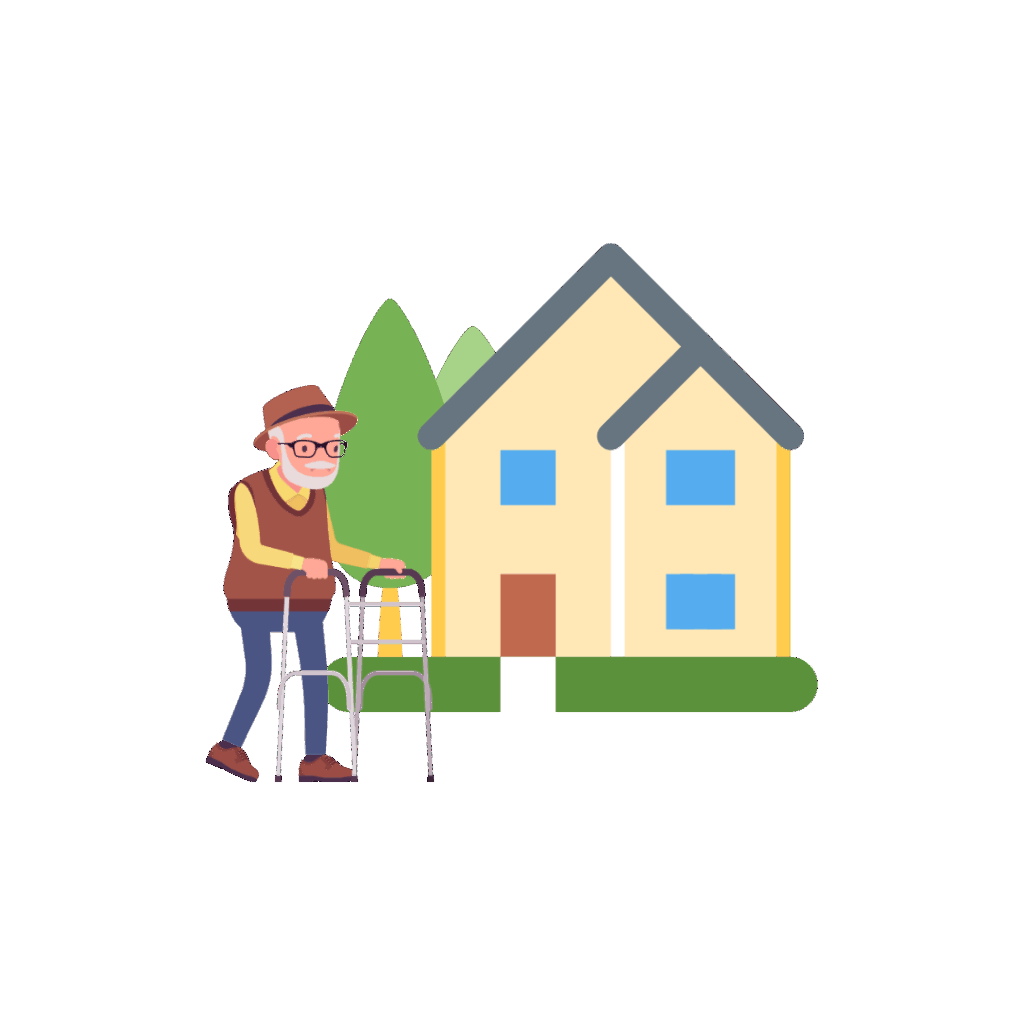
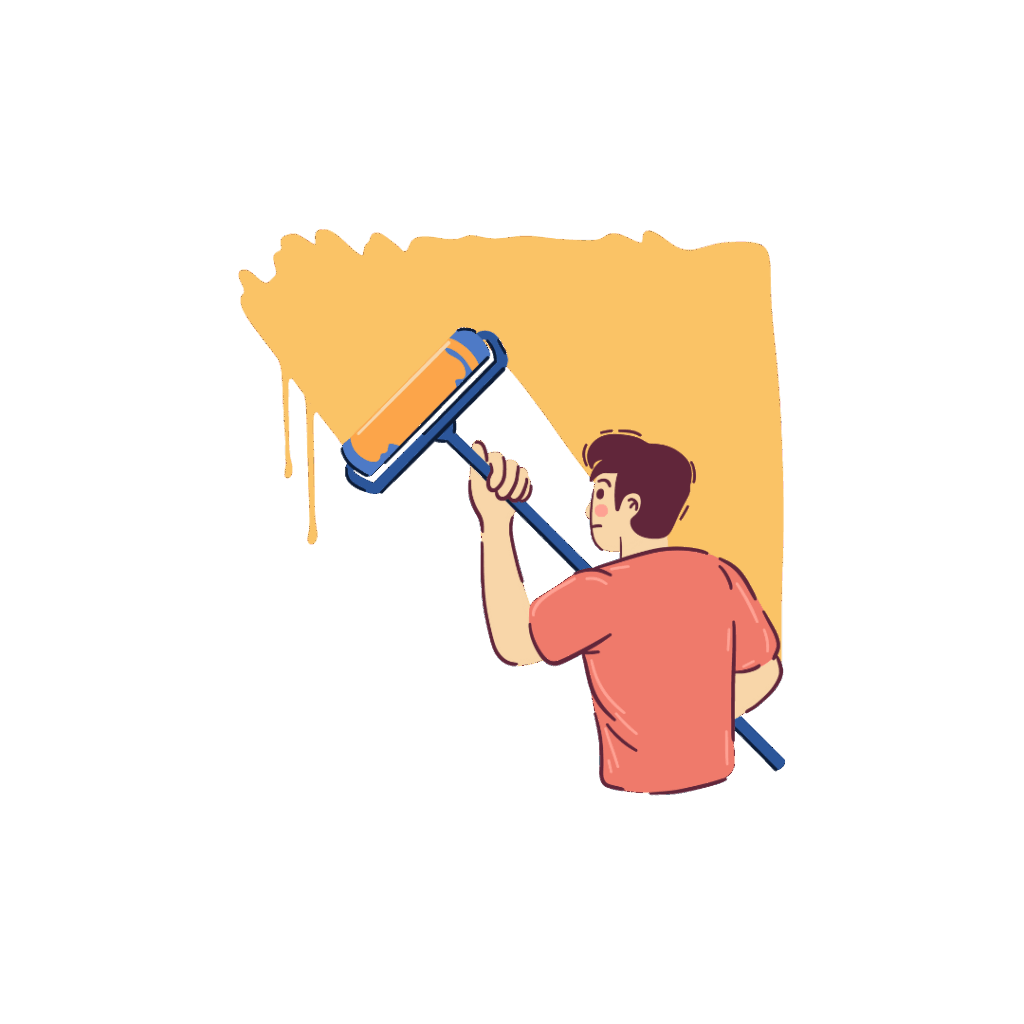
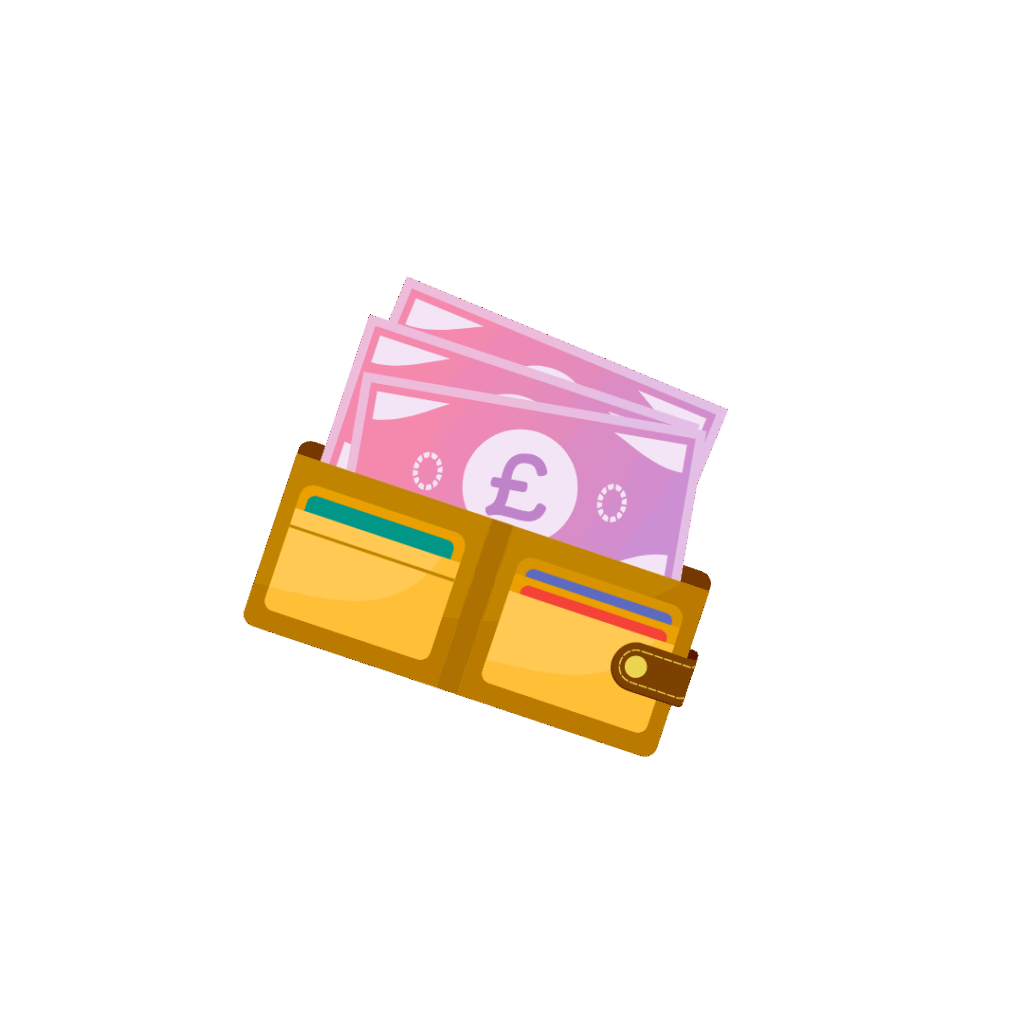
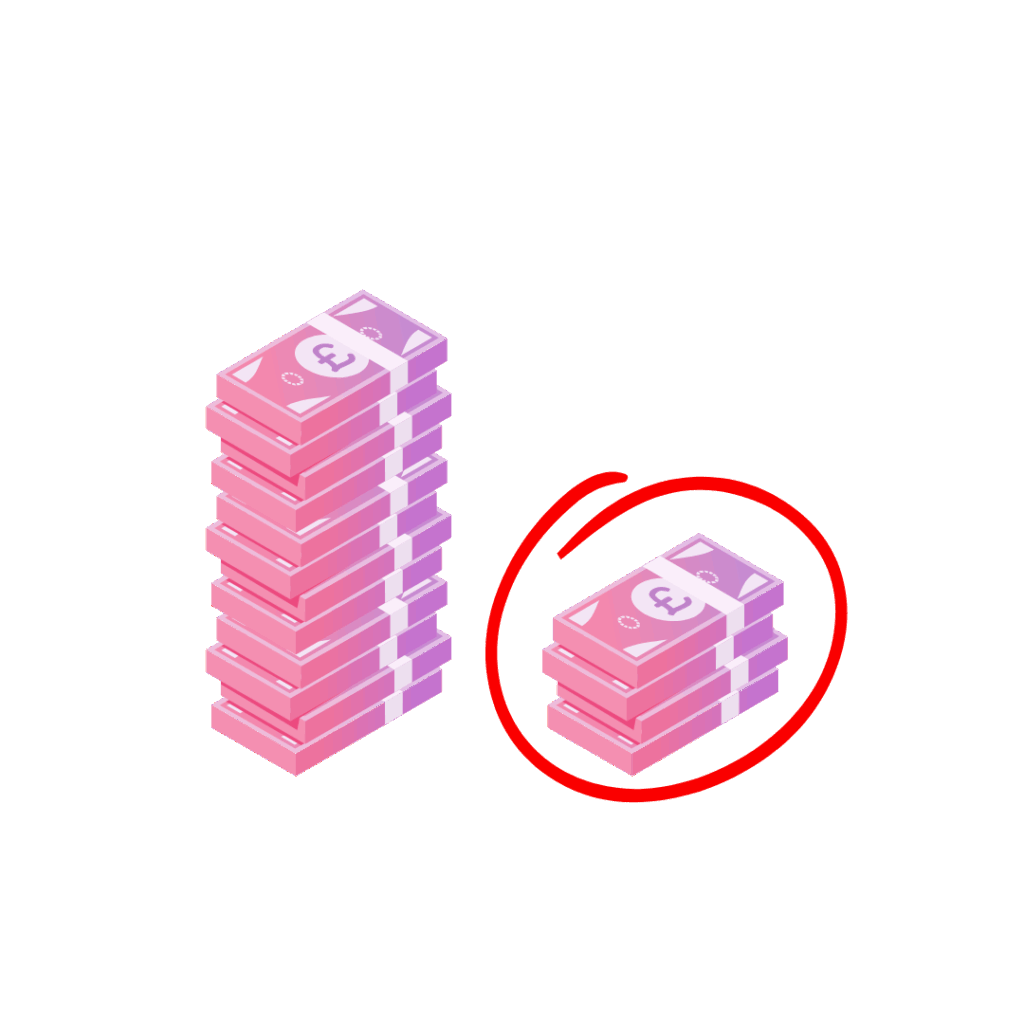
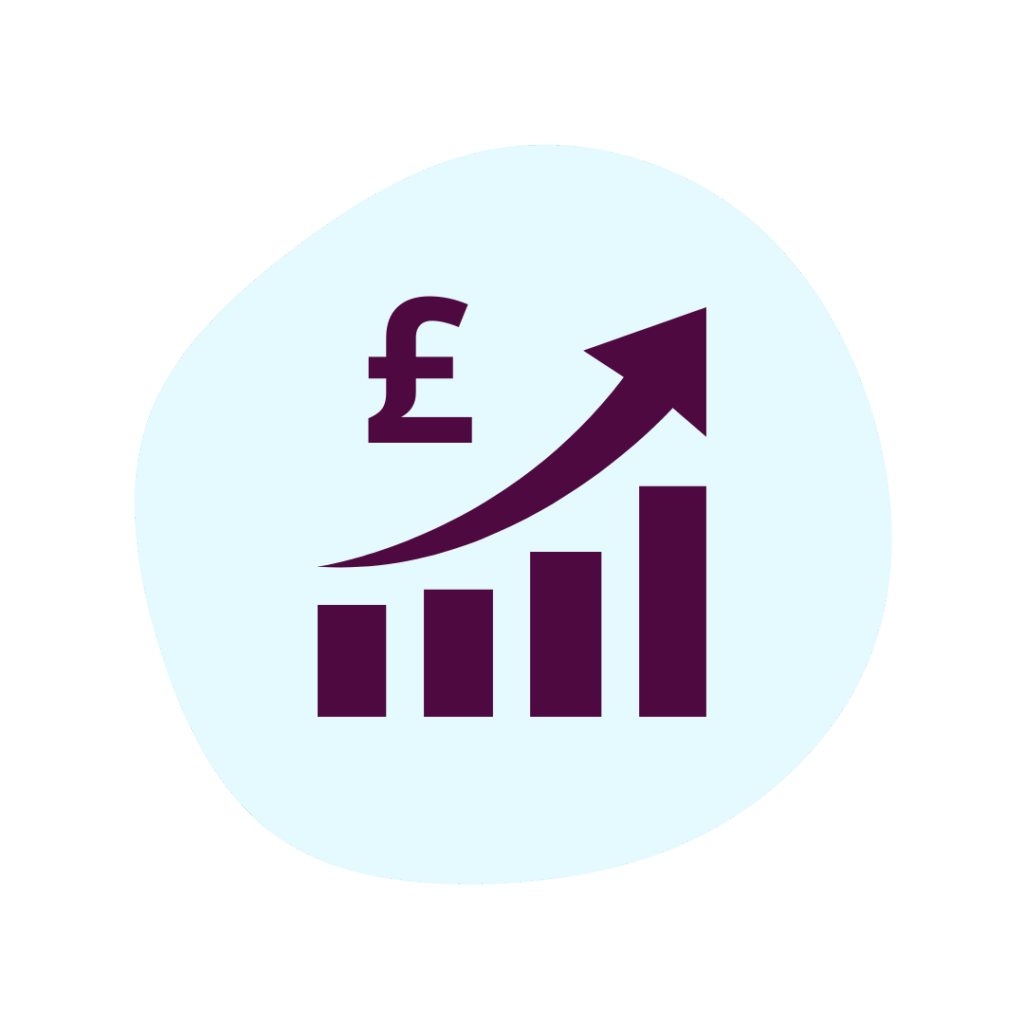

What’s bad about owning your own home?

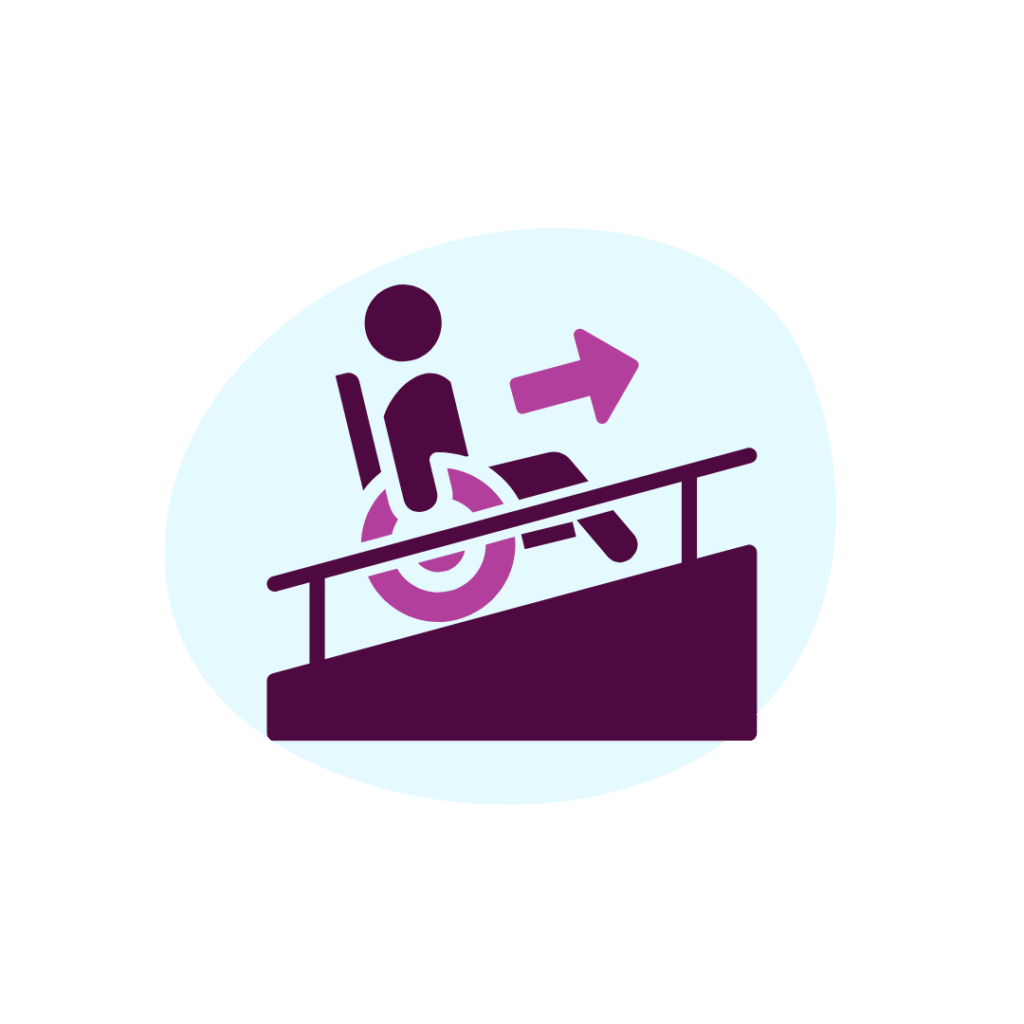
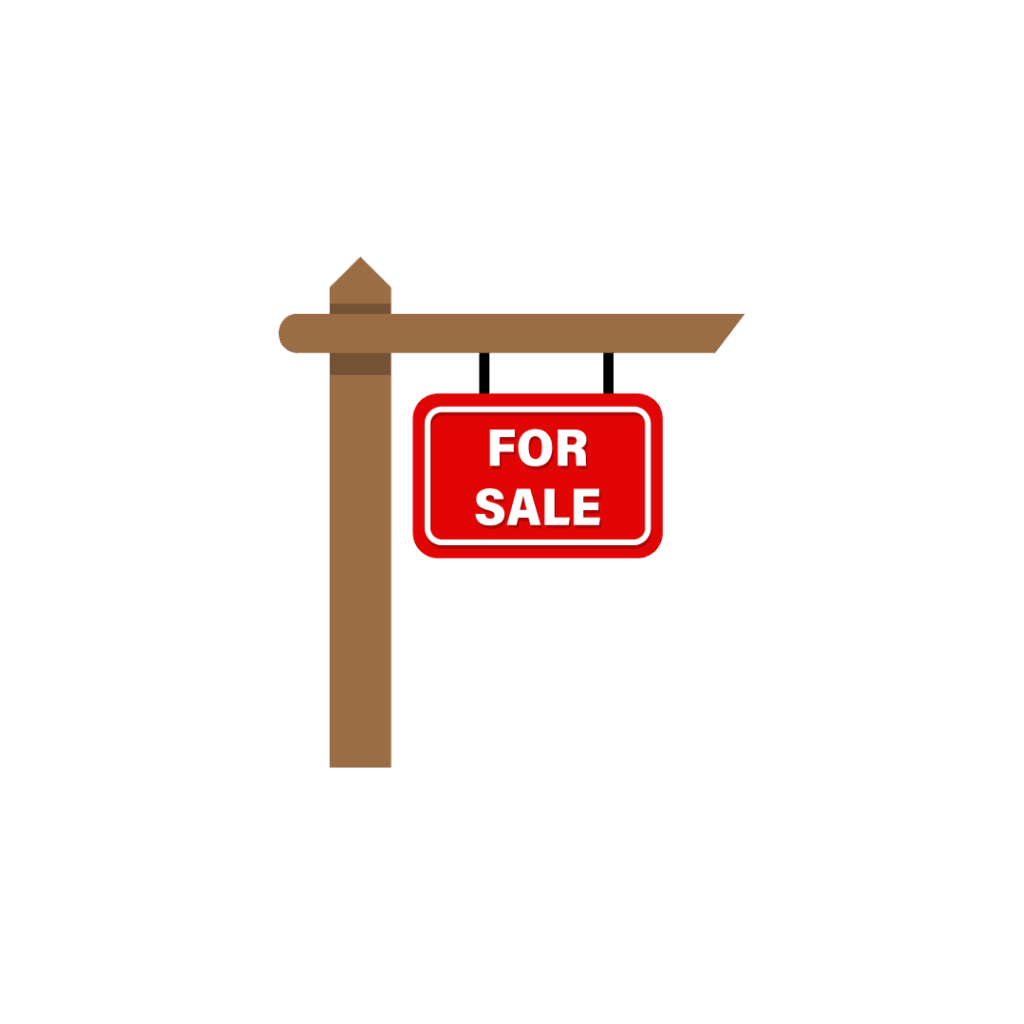
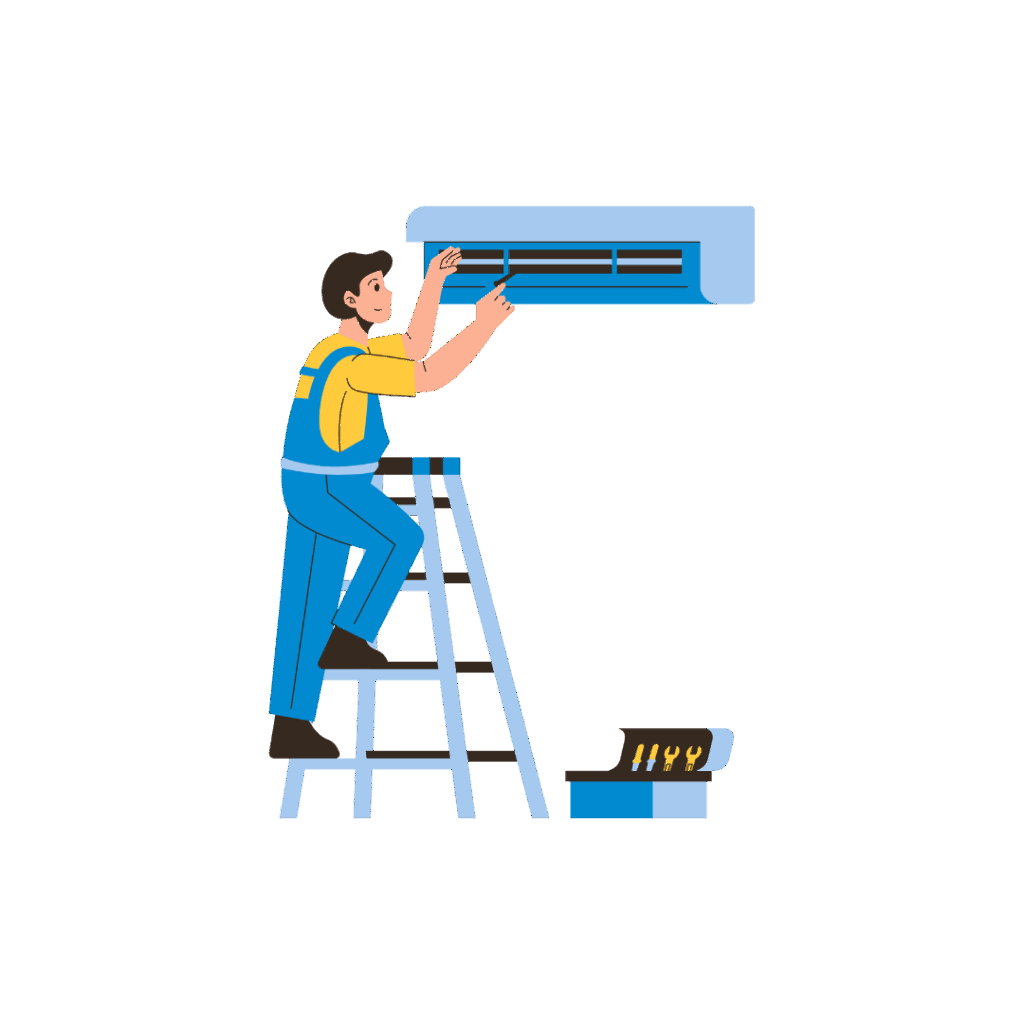
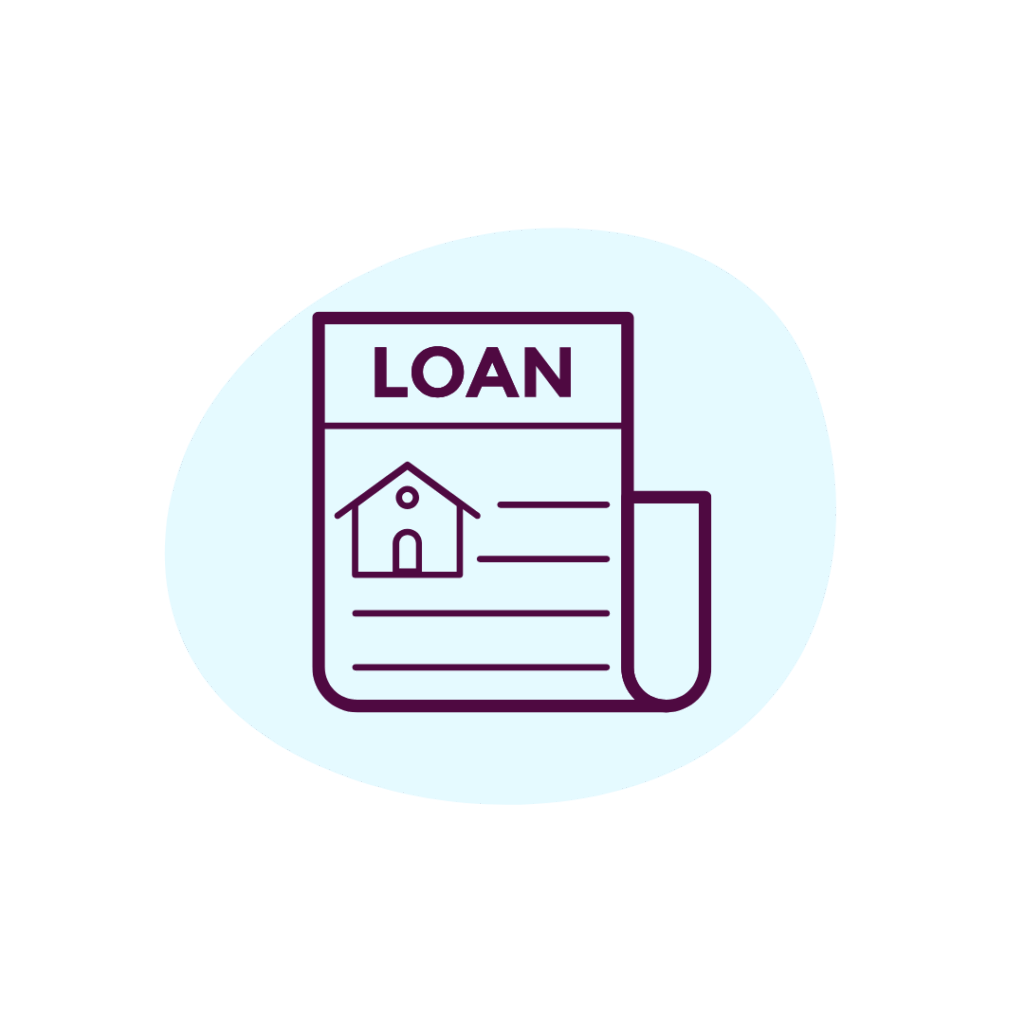
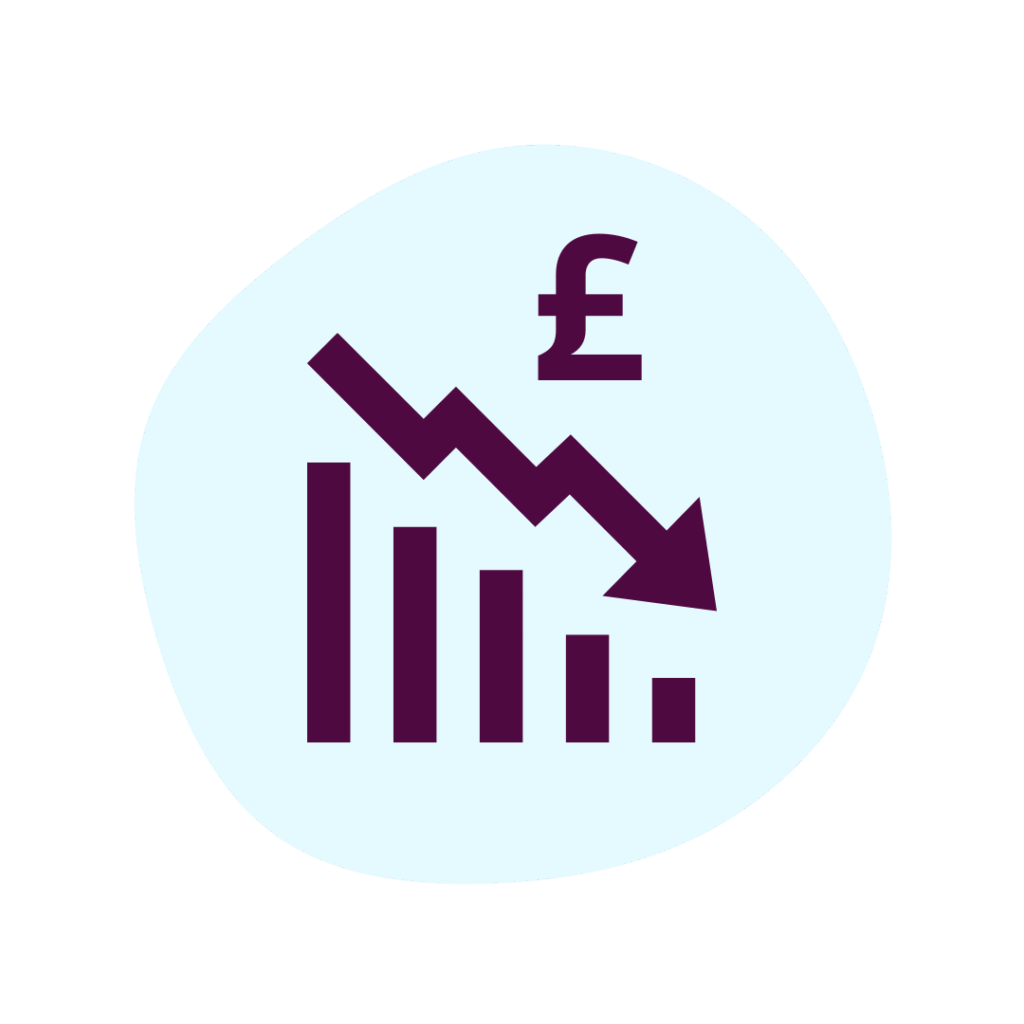

How do I buy a home using a Shared Ownership scheme?

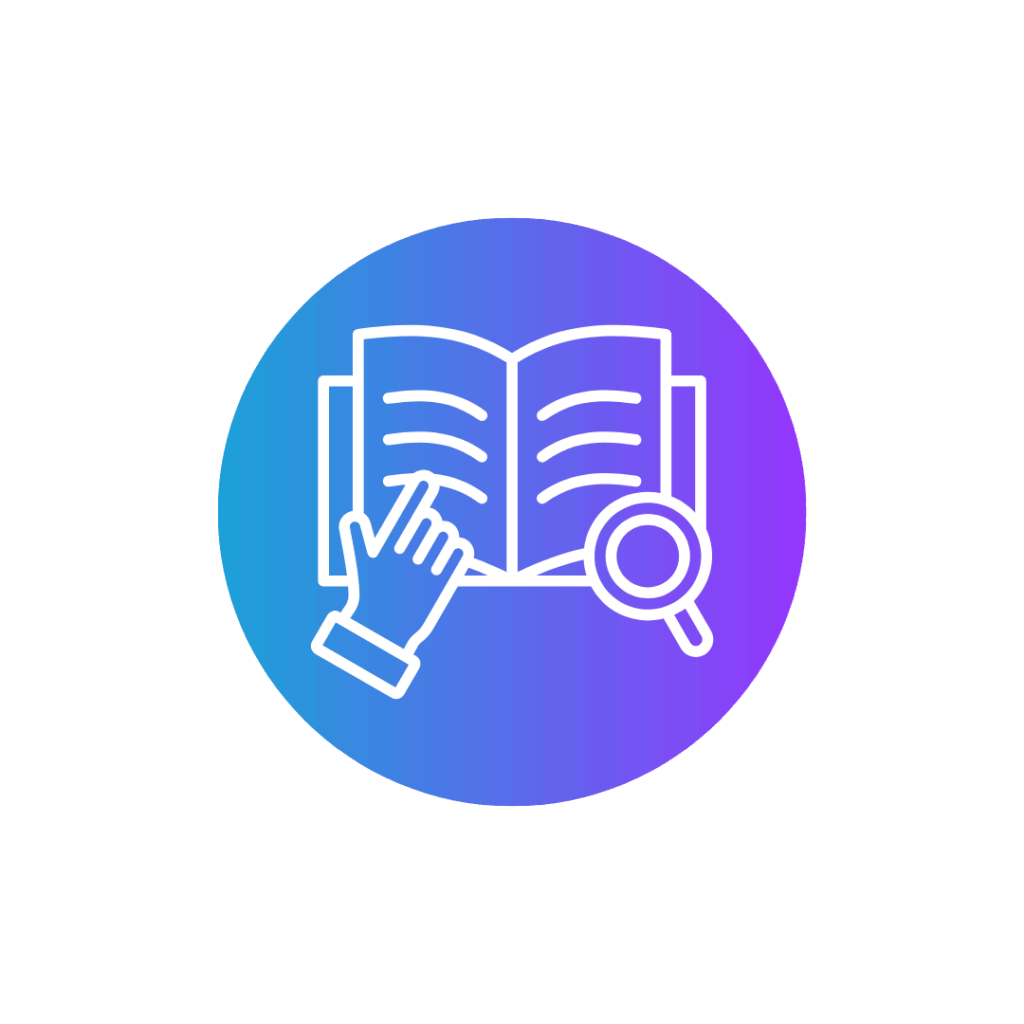
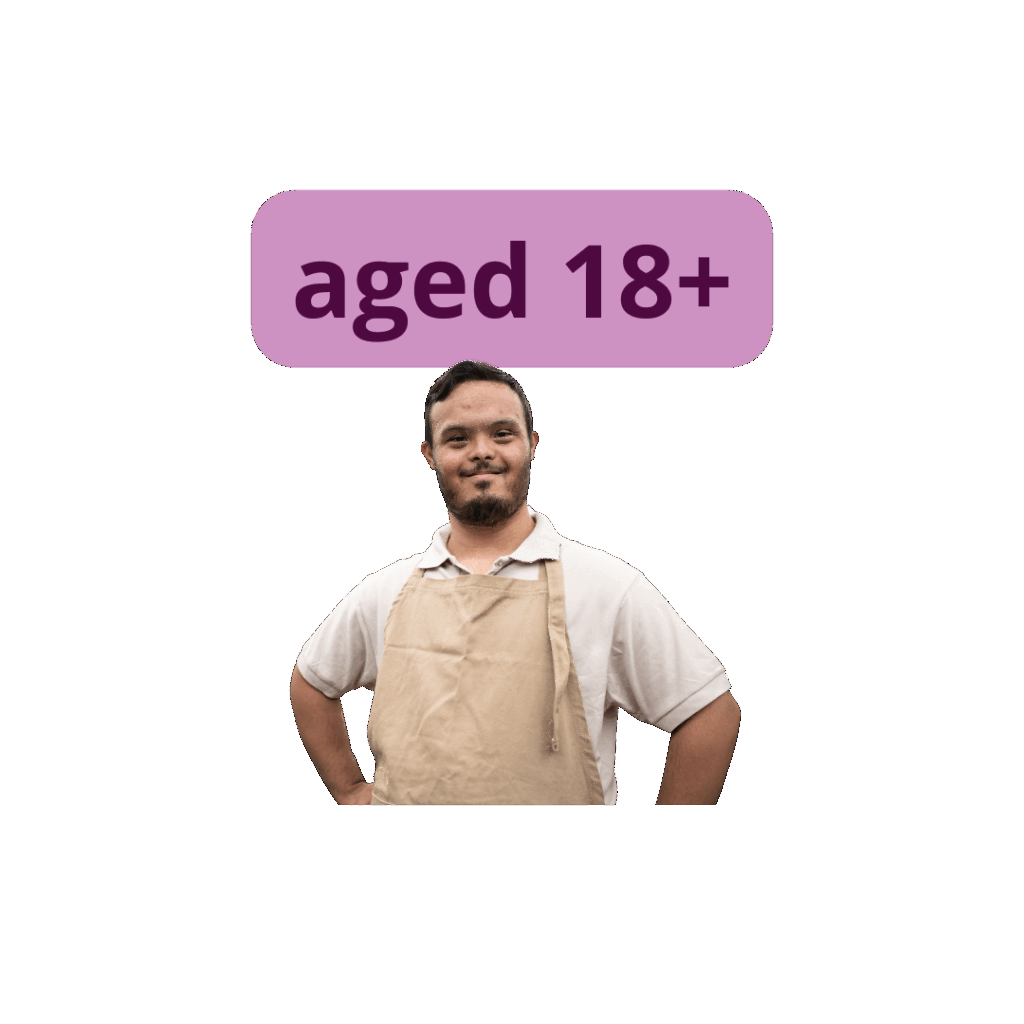
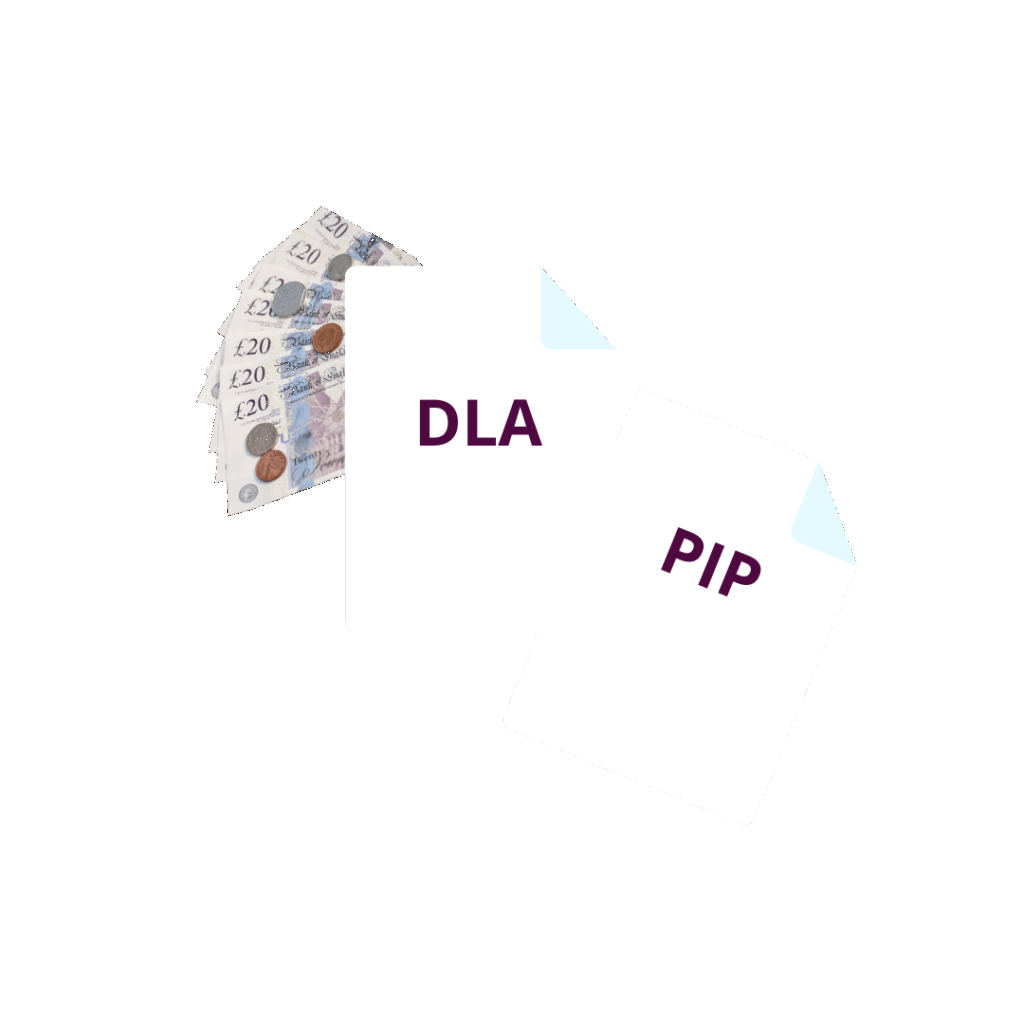
- The daily living component of PIP, or
- The middle or higher rate of the care component of DLA
Some people buy their own home to live in.
If you own your own home then as long as you pay any mortgage payments, no one can force you to move out. It’s truly your home, not someone else’s home you’re living in.
You also have more control over your living space. For example, you don’t need permission from anyone if you want to paint the walls in your home, or get a pet.
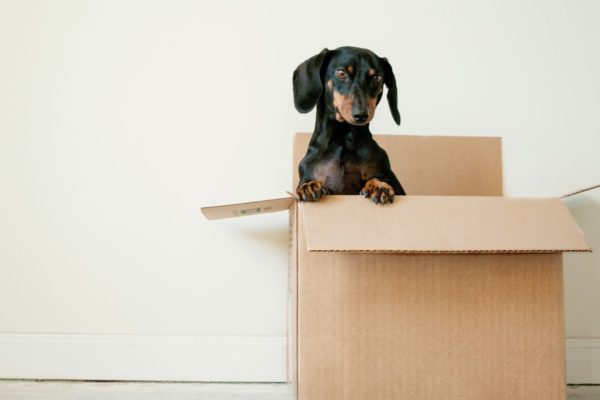
It can be expensive to buy a home, but there are schemes to make it easier for people on low incomes to buy somewhere to live.
How long can I live there?
As long as you want – it can be your home for life as long as you make your payments.
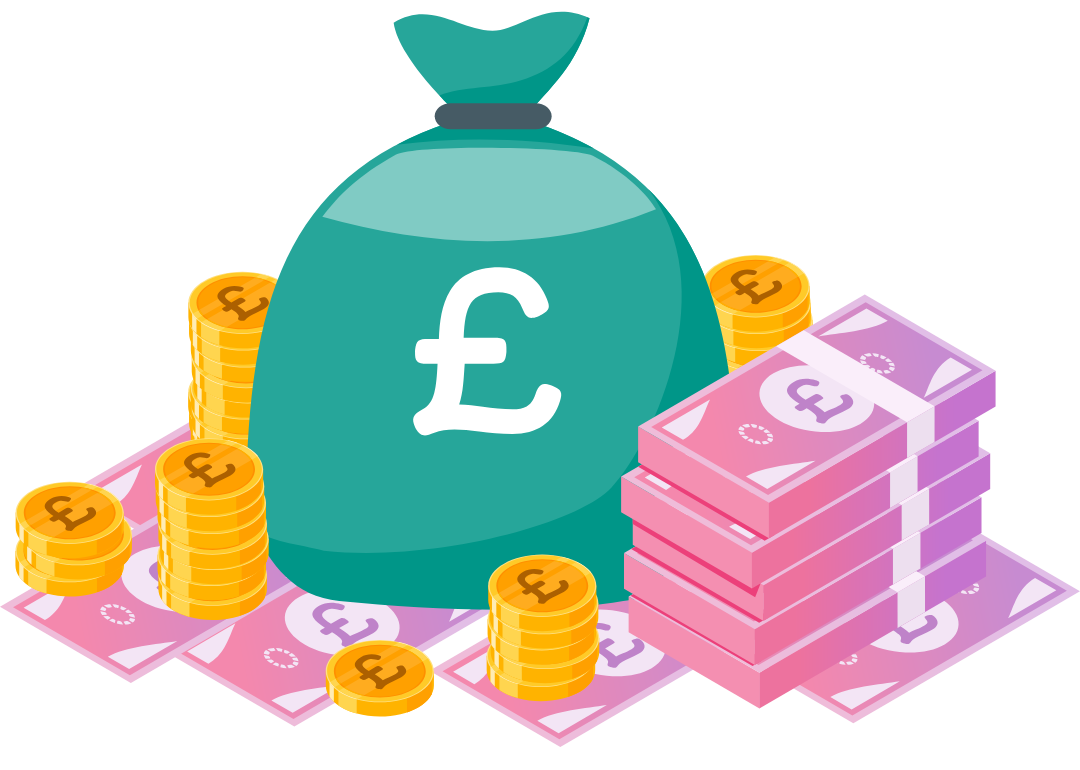 How much does it cost to buy a home?
How much does it cost to buy a home?
Homes cost a very large amount of money, especially in this part of the country.
The average cost for a flat in the South East of England in 2025 in over £250,000, and over £380,000 for a house.
Most people will borrow most of this from a bank (called a mortgage) and pay the bank back over many years. You also need to pay some of the cost yourself when you buy the house, called a deposit.
Banks will only lend as much money as they think a person will be able to repay, so many people on low incomes cannot borrow enough money to buy a home this way.
However, there are Shared Ownership schemes that make it easier to buy a home if you are on a low income.
What is a Shared Ownership scheme?
Despite the name, this doesn’t mean you have to live with someone else!
In a Shared Ownership scheme, you buy part of a home, and pay rent to a landlord who owns the rest of the home. You can sometimes buy the rest of the home in the future if you have more money when you’re older.
You get a lot of the advantages of owning your own home, without needing to borrow or save up as much money.
The government has a shared ownership scheme specifically for disabled people called HOLD.
What’s good:
![]() independence
independence
![]() can be a home for life
can be a home for life
![]() privacy and control over your living space
privacy and control over your living space
![]() any money left after paying your housing costs and bills is yours to spend how you want
any money left after paying your housing costs and bills is yours to spend how you want
![]() mortgage payments can be cheaper than renting, and less likely to have sudden big increases
mortgage payments can be cheaper than renting, and less likely to have sudden big increases
![]() financial investment – if house prices go up, your house can be worth more if you sell it in the future
financial investment – if house prices go up, your house can be worth more if you sell it in the future
What’s bad:
![]() you may need to save up a lot of money
you may need to save up a lot of money
![]() there can be a lot of costs involved in buying a house
there can be a lot of costs involved in buying a house
![]() can take a long time and be stressful
can take a long time and be stressful
![]() the housing may need to be adapted to meet your needs, for example if you use a wheelchair
the housing may need to be adapted to meet your needs, for example if you use a wheelchair
![]() if you want to live somewhere else in the future, you may have to sell your home first
if you want to live somewhere else in the future, you may have to sell your home first
![]() you are responsible for repairs (except in some shared ownership schemes)
you are responsible for repairs (except in some shared ownership schemes)
![]() you may need to get into a lot of debt
you may need to get into a lot of debt
![]() financial risks – if house prices could go down, your house could be worth less than you paid for it in the future
financial risks – if house prices could go down, your house could be worth less than you paid for it in the future
How do I buy a home using a Shared Ownership scheme?
My Safe Home is an organisation that provides guidance and support for disabled people wanting to buy their own home.
They have a guide to buying your own home using Shared Ownership schemes that anyone can download on their website. There is an Easy Read version , too.
To get support from My Safe Home, you must be over 18 and getting either:
- the daily living component of Personal Independence Payment (PIP), or
- the middle or higher rate of the care component of Disability Living Allowance (DLA).

